Fennel is a plant from the Apiaceae family. It is related to parsley and carrots. It grows in Southwest Asia and South Europe, mostly along the Mediterranean.
Fennel possesses a sweet taste and pleasant aroma, similar to anise. Its leaves are blue-green colored.
Fennel is often used in cuisine. It is distinguished by few calories and a rich abundance of healthy substances. Its composition includes calcium, potassium, iron, vitamin A. There are 2 cultivars of fennel whose use differs. These are common fennel and Florence fennel.
Common fennel is used more often. In culinary traditions, its seeds and leaves are the parts that are used. It thrives in warm, humid climates, thereby enjoying popularity in Mediterranean cuisine. The cultivation of fennel is not a common practice in the northern regions.
In the past, fennel was thought to be a holy plant. In ancient Greece, it was planted around temples, in honor of the gods.
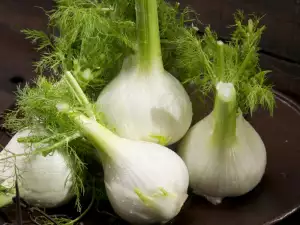
People would wear it woven into wreaths around their necks. There is also information about its use as a food, medicine and herb thousands of years earlier.
Today, fennel is a popular spice and vegetable in Central Europe. But the Spanish and Italians are considered its #1 fans. They use its above ground parts, as well as the rhizomes. Most commonly they serve it as an addition to goat cheese and as an appetizer.
Fennel is usually put in salads, sauces, mayonnaise, fillings for fish and other meat. It is perfect in combination with other spices such as parsley, onions, garlic and dill.
Fennel can be added to tarator, baked goods, salads with beets. It seasons potatoes and broths boiled from fish and crabs very well. Put it on brown bread sandwiches at the very end.
In India the seeds of fennel are used not only as a spice but for chewing after meals. Besides freshening breath, they help for better digestion.
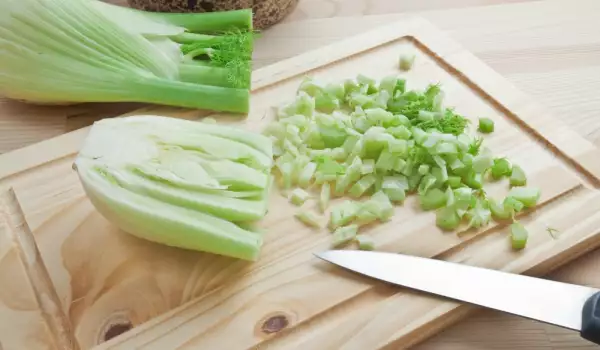

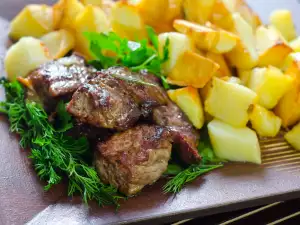
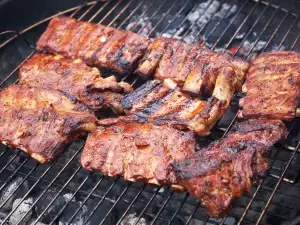

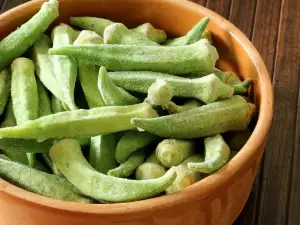

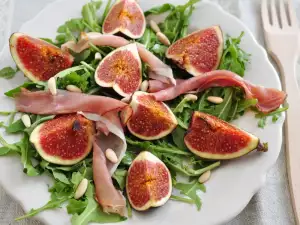
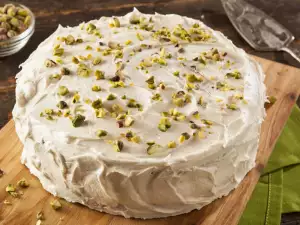
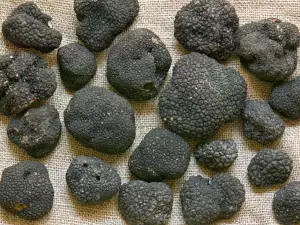
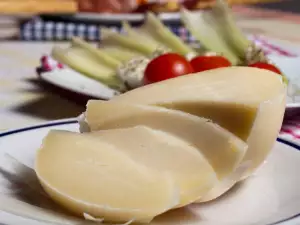
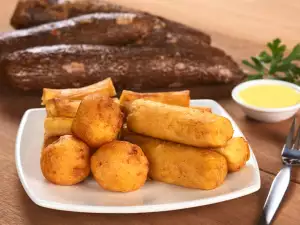
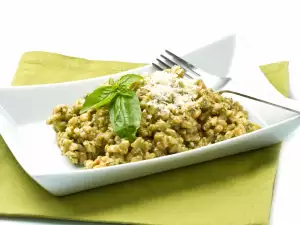

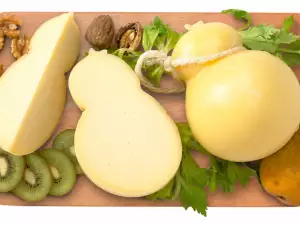
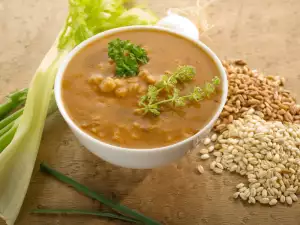




Comments